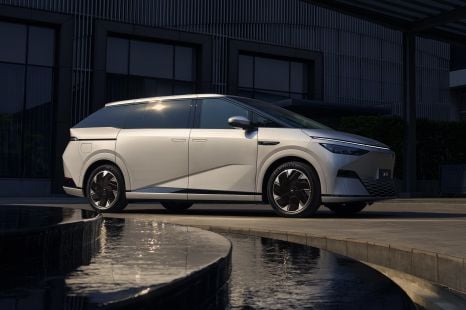

William Stopford
Will 2026 be the year of the people mover in Australia? China seems to think so
7 Hours Ago
The popularity of the Commodore meant Holden was regarded as Australia’s car brand. The rest of the line-up, especially in recent decades, has bounced between products sourced from Europe and Korea.

Contributor
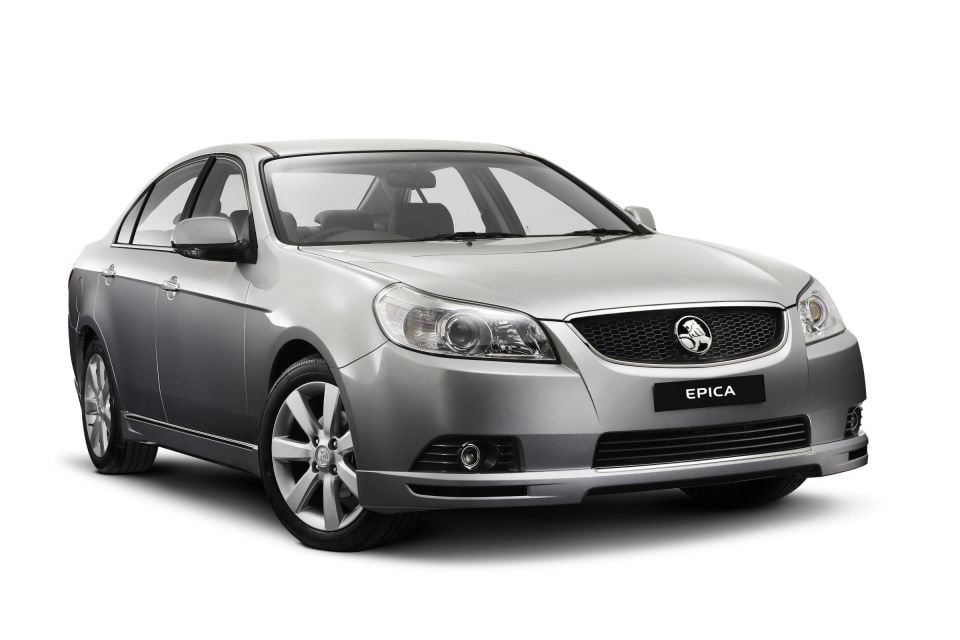

Contributor
Holden was Australia’s car company, and the Commodore is widely regarded as Australia’s car.
Although later iterations were developed in Australia, the initial Commodore was in fact a re-engineered Opel Rekord medium car, with altered styling and adapted to Australian conditions.
This set a precedent for the remainder of Holden’s range as well.
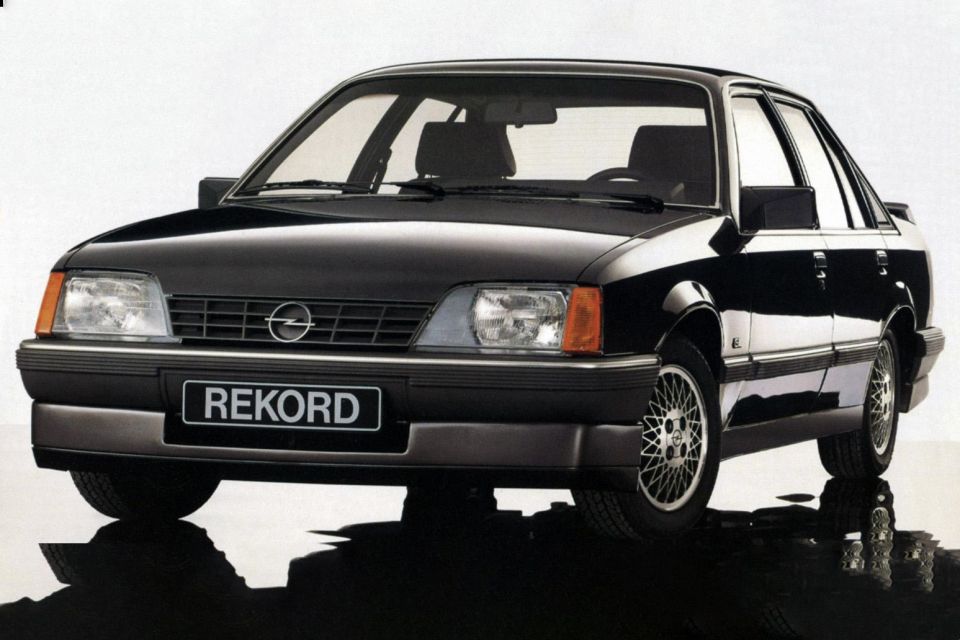
As a subsidiary of the General Motors empire, the brand sold a full range of cars in Australia for the vast majority of its time here, spanning segments including light, small and medium cars.
With a few exceptions, in most of these segments the Holden offering was not Australian.
Instead, the model sold was either a European design, originating from Opel (now part of the Stellantis group) or from Daewoo.
During the ’90s and decades since, Holden often alternated between European and Asian production sources, sticking to a European model for one generation of car before announcing its replacement would be from Korea.
Sometimes, the non-Commodore line-up would constitute a mix of European and Korean models across different segments.
Unfortunately, all of this served to create a sense of inconsistency in the Holden line-up with regard to the quality and design of the cars, with the wider range suffering a lack of a family design language and a sense of cohesion.
The early 2010s also saw GM attempt to launch Opel directly in Australia, as a more upmarket Holden sibling (and short-lived Melbourne Football Club sponsor – ed) that competing directly with Volkswagen.
The attempt failed, with Opel commencing sales in September 2012 and pulling out only 11 months later. Whilst Holden later adopted some former Opel, GM’s overall strategy only served to adversely affect customer perceptions of Holden.
The light car segment is a prime example of Holden playing switcheroo with its offerings.
The Barina is a familiar, much-loved nameplate in Australia, but the cars bearing this name could hardly have been more different in their origins.
Initially it was a renamed Suzuki Cultus in its first two generations. From 1994 Holden switched to European production, importing and rebadging the Opel Corsa from Spain.
European-sourced Barinas mirrored the lifecycle of their Opel counterparts. In Europe these models were sold as the second- and third-generation Opel Corsa B and C until 2005.
The fourth-generation Corsa D was briefly sold directly by Opel in 2012-13.
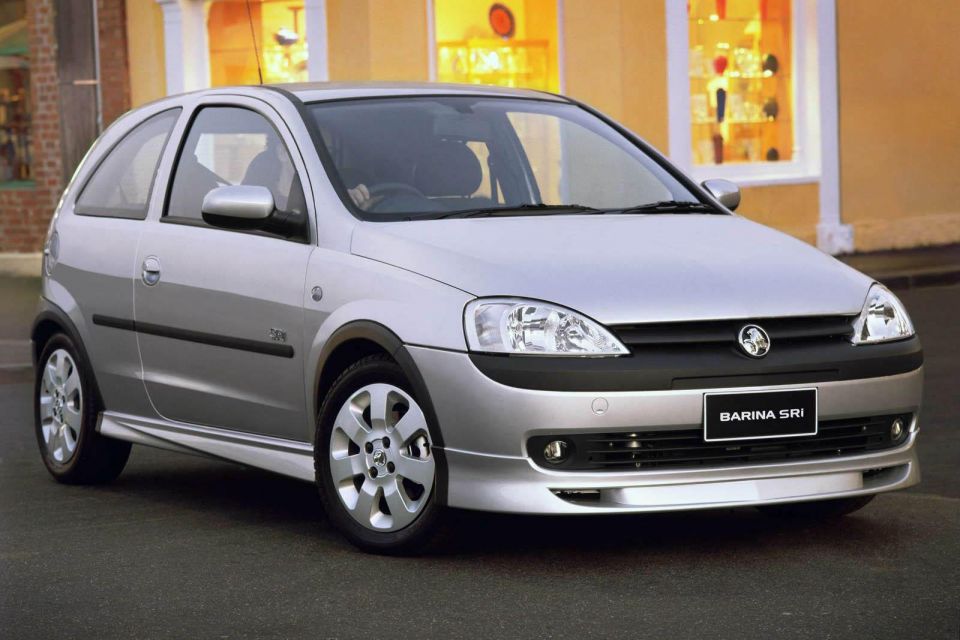
After 2005 the Barina was no longer imported from Europe. Instead, it became a rebadged version of the Korean-sourced Daewoo Kalos.
The change in production (and lower import costs) was an attempt by Holden to improve the profitability of the Barina in the sub-$20k light car market, but this model was a retrograde step from its European predecessor in every way.
Perhaps most damning was the Korean-sourced car was less safe than its predecessor, scoring only a two-star ANCAP rating compared to four stars for the Corsa-based model.
Although this was rectified with a mid-life update in 2008, the Korean Barina’s reputation for poor quality stuck, and was compounded by other problems.
Sales gradually declined and the model was discontinued in 2018.
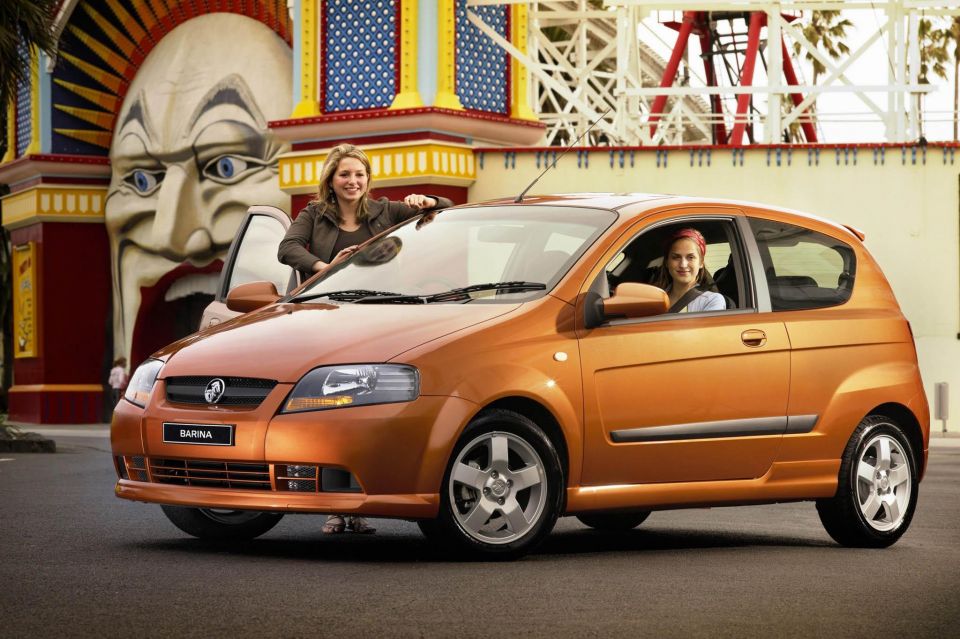
Perhaps the most famous Holden small car is the Astra. Like the Barina described above, initial versions were rebadged Japanese cars, in this case the Nissan Pulsar.
With the failure of the Corolla-based Holden Nova, the Astra was reintroduced towards the end of 1996, this time as a badge-engineered Opel Astra from GM’s Vauxhall factory at Ellesmere Port in the UK.
The Astra held a regular place in the Holden line-up until 2009.
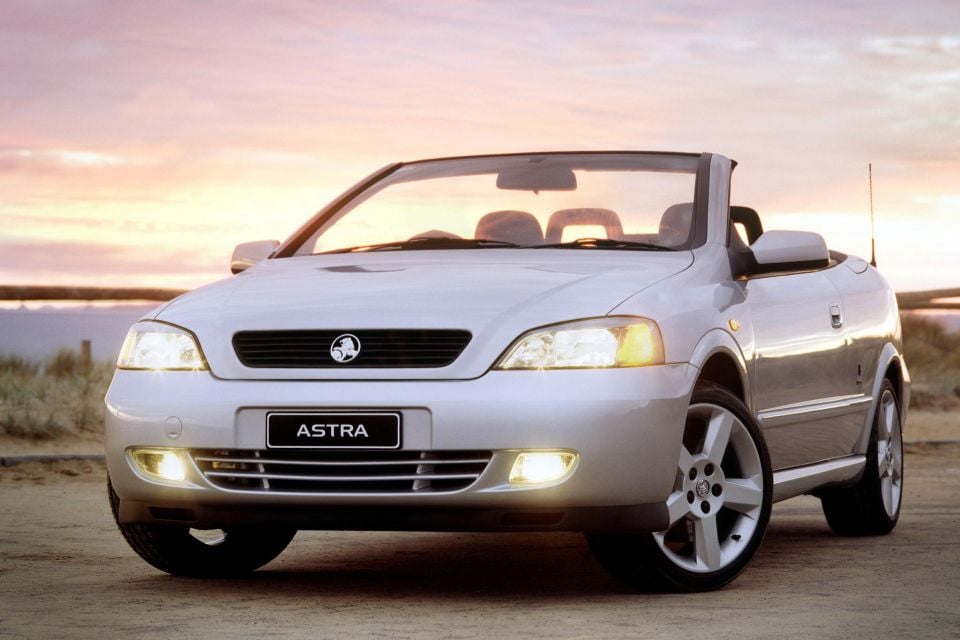
Holden marketed the Euro Astra as a semi-premium rival to the Volkswagen Golf, and management at the time believed its upmarket position left space for a cheap option in the same class.
Enter the Holden Viva, a rebadged Daewoo Lacetti from Korea. Available from 2005-2009, the Viva had a base price $4000 lower than its Astra sibling, but only achieved around half the sales.
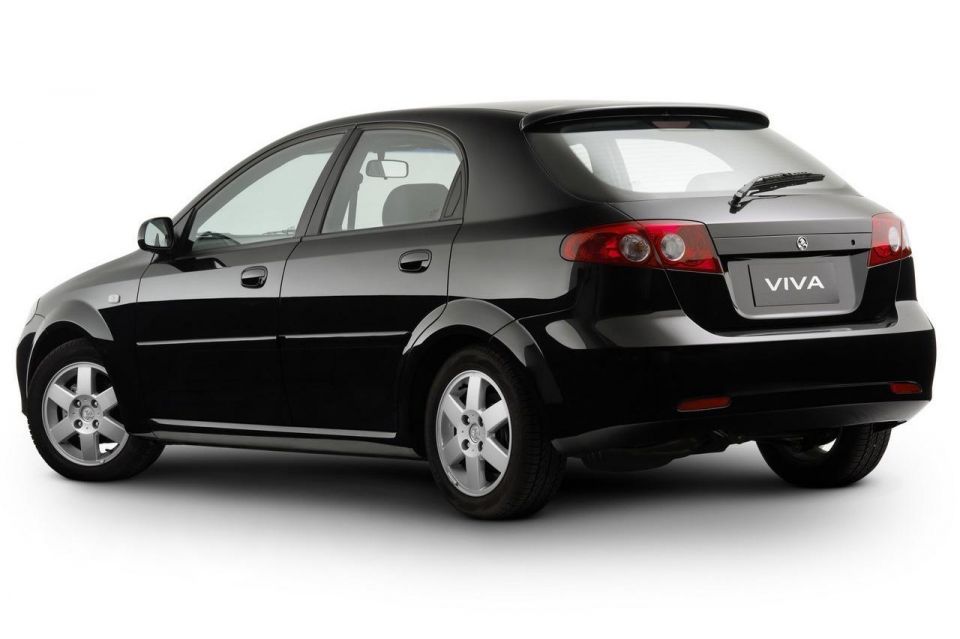
2009 would spell the end of the Viva. The Astra nameplate took a temporary hiatus as well, with both models being replaced by the Cruze.
Initially imported from South Korea, Australian production commenced in early 2011 with the improved Series II version. Then Prime Minister Julia Gillard drove an early example off the line, and local production would continue until October 2016, shortly before Holden’s Elizabeth factory was closed.
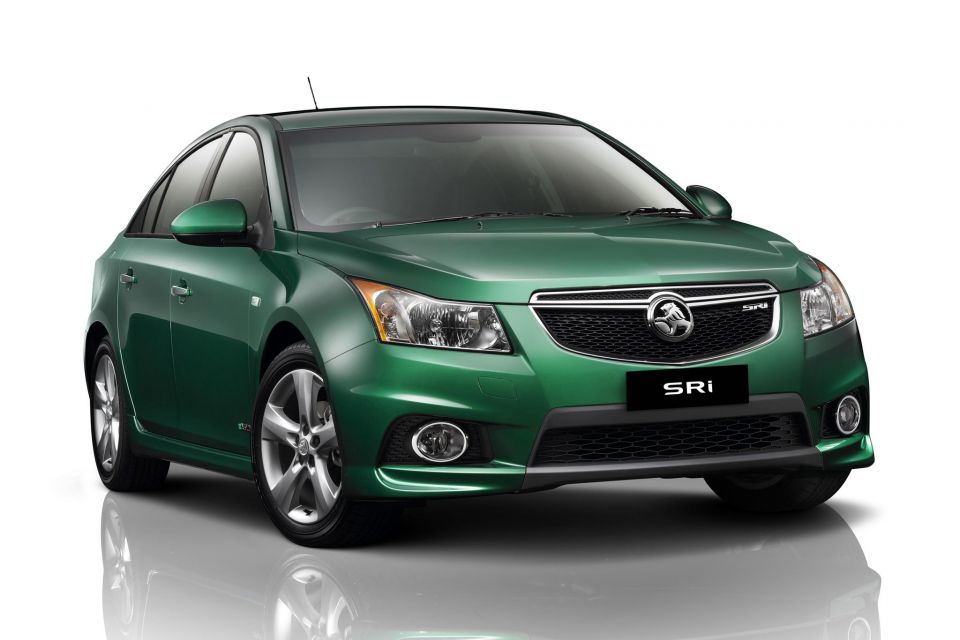
Performance models of the fourth-generation Opel Astra were imported in limited numbers between 2015-2016, but the end of local Cruze production saw the Astra return as a full-time member of the Holden line-up in December 2016.
This time, the Astra hatch and wagon would be sourced from Europe. The sedan, although sharing the Astra badge, was sourced again from Korea.
One of the most notable features of the Astra hatch was that it was perhaps the only car in its class to offer IntelliLux Matrix LED headlights, available as an option for a brief period of time.
The Commodore’s arch-rival was the Falcon, but Holden also attempted to compete with smaller vehicles such as the Toyota Camry and Mazda 6.
The failure of the Button Plan and the Holden Apollo meant Holden resorted again to its European cousin, Opel, for an alternative.
The result was the Holden Vectra. Although a European design, Holden was able to manufacture the vehicle locally between 1998 and 2001, before importing the model from Germany and reinventing it as a more premium competitor for the Volkswagen Passat.
Available engines included a 3.2L V6 in range topping CDXi trim, producing a healthy 155kW of power and 300Nm of torque.

Holden’s medium portfolio followed similar thinking to its small cars. In line with the Astra being dropped for the Cruze, the Vectra was replaced by the Epica, itself a rebadged Daewoo Tosca.
Average at best compared to its rivals, the most notable aspect were the engines. Designed by Porsche, there were small capacity 2.0L and 2.5L inline six-cylinder options transversely mounted.
Unfortunately, the Porsche influence didn’t extend to the rest of the car.

In Korea, the Tosca was superseded by the Malibu. Holden followed suit, selling the Korean-made Holden Malibu from 2013-17.
This was another vanilla vehicle, and like its predecessor failed to make an impact against rivals.
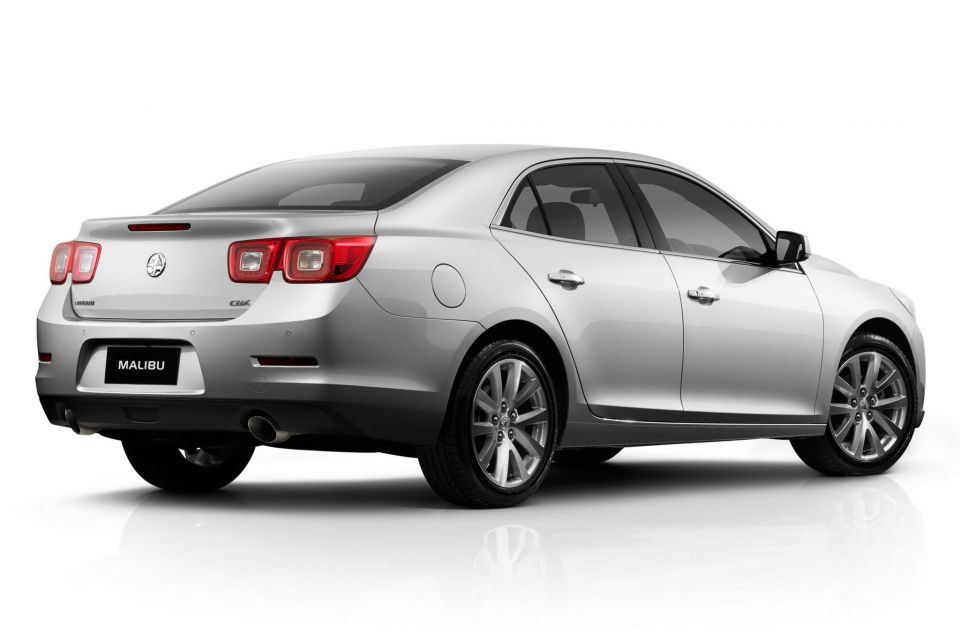
Holden attempted to appeal to enthusiasts with the return of the Vectra’s direct successor, the Insignia, from 2015.
Initially sold as the Holden Insignia and available only in performance VXR trim until 2017, an updated version would drop the Insignia nameplate, and would instead morph into the last Commodore sold in Australia.
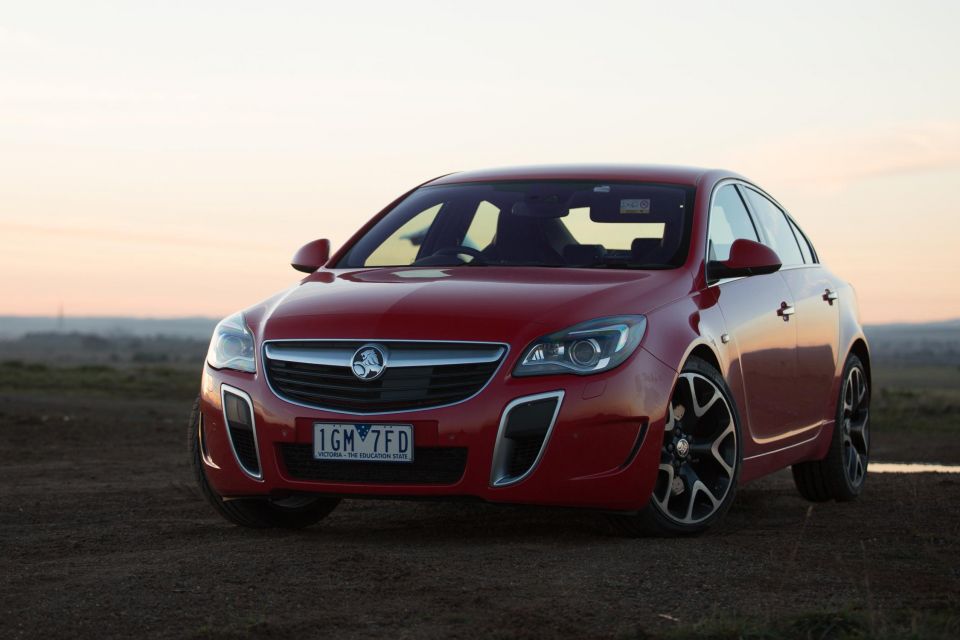
Where expert car reviews meet expert car buying – CarExpert gives you trusted advice, personalised service and real savings on your next new car.


William Stopford
7 Hours Ago


Max Davies
7 Hours Ago


Derek Fung
8 Hours Ago


Matt Campbell
15 Hours Ago


Ben Zachariah
1 Day Ago


Damion Smy
1 Day Ago